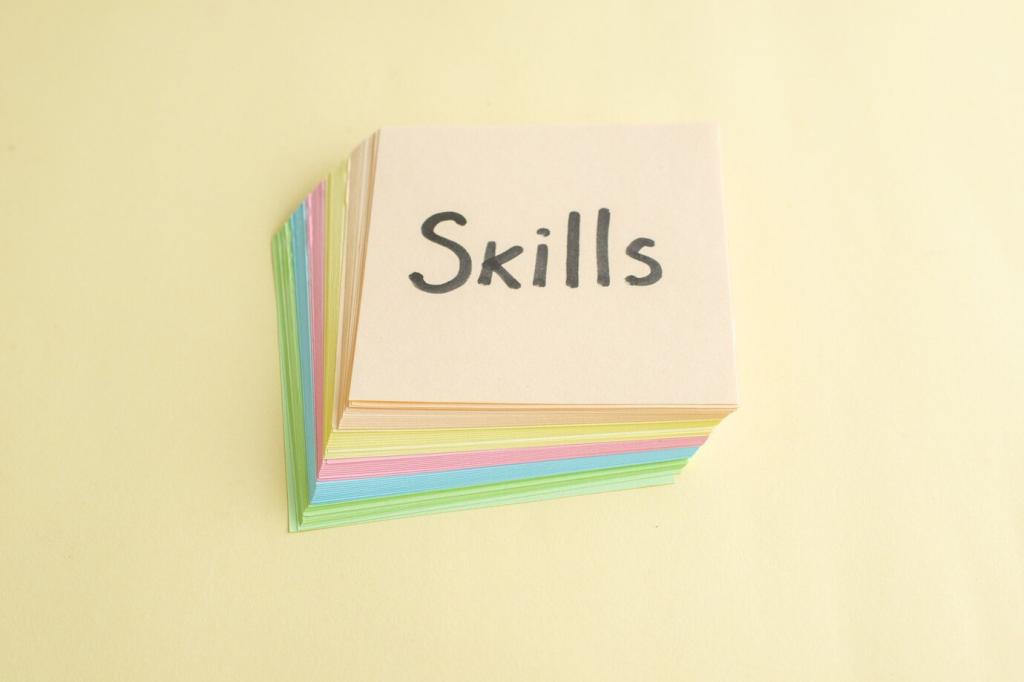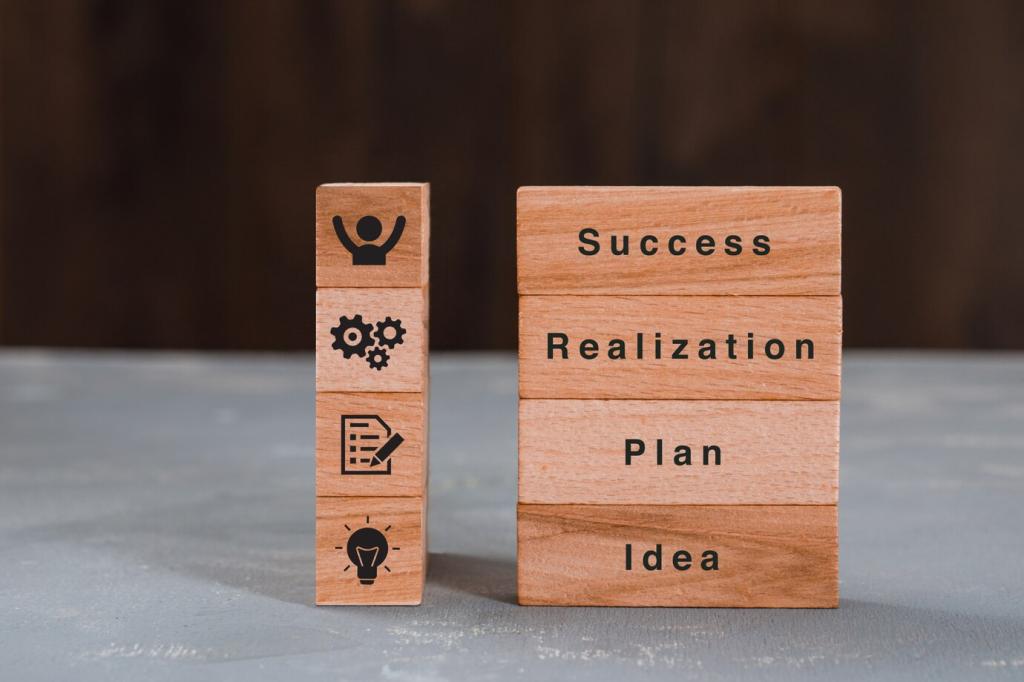Confidence-Building Strategies for Startups: Start Bold, Grow Steady
Mastering the Founder’s Inner Game
Reframe Failure as Data
Run postmortems after experiments, not after disasters. Ask: What did we expect, what happened, what will we change? When Maya’s beta signups missed by half, she renamed the week “signal hunt,” uncovered a channel mismatch, and rebuilt her plan with renewed, evidence-backed confidence.


Keep a Micro-Wins Ledger
Each evening, log three small victories and why they mattered. Over time you’ll see patterns that reinforce your capability narrative. The ritual is quick, surprisingly motivating, and the perfect anchor when doubts get loud. Share your favorite win today to inspire someone starting out.
Evidence-Based Habits that Multiply Confidence
Design Self-Efficacy Loops
Start with tasks you can reliably complete, then raise the complexity slightly. Each successful loop strengthens your belief in your ability to execute. Track these loops weekly; seeing capability grow in black and white is a powerful antidote to second-guessing.
Create Psychological Safety Early
Set norms that make candor safe: disagree openly, critique ideas not people, and reward thoughtful risk-taking. Research on psychological safety shows teams learn faster when they can surface issues quickly. Codify this in your standups and watch confidence rise across the room.
Use the Progress Principle Daily
Make progress visible. End each day with a short note: progress made, blockers, next step. Small forward movement boosts motivation disproportionately. This simple reflection became our team’s favorite ritual—and our most reliable source of steady, earned confidence during tough sprints.
Customer Proof as Confidence Fuel
Schedule five short customer interviews every week. Ask about their workflow, pains, and current hacks, not your idea. Record themes, quantify frequency, and prioritize accordingly. Over a month, you’ll build a conviction backbone that no motivational quote could ever match.
Customer Proof as Confidence Fuel
Prototype your value proposition with a simple page and a clear call to action: join waitlist, request demo, or prepay. Set a target, define your traffic sources, and compare results against your hypothesis. Concrete conversion data quiets doubts faster than pep talks.
Customer Proof as Confidence Fuel
Turn interest into commitments. Collect preorders, letters of intent, or pilot MOUs that specify scope and timing. Each document becomes a confidence anchor in investor rooms and all-hands meetings, because it signals real demand and a path to repeatable traction.
Send a concise monthly update with the same structure: highlights, lowlights, metrics, pipeline, asks. Consistency builds trust, even when numbers are mixed. Readers begin to expect progress and offer help because you’ve made contribution simple, specific, and time-bound.

Decisions Under Fog: Trust Your Process
Before committing, imagine the project failed and list reasons. Invite a teammate to challenge assumptions. This reduces overconfidence while paradoxically increasing true confidence, because you’ve seen the risks clearly and designed guardrails rather than crossing your fingers.


Decisions Under Fog: Trust Your Process
Write down context, options, predicted outcomes, and confidence level before choosing. Review monthly to spot bias. Pair with short checklists for common choices—hires, vendors, experiments—so you miss fewer essentials and trust your judgment more with every iteration.

Protect Sleep and Stress Boundaries
Set no-meeting blocks, stop caffeine after lunch, and schedule short evening reviews instead of late-night marathons. Your brain consolidates learning during sleep, which makes tomorrow’s decisions sharper and your tone calmer—both essential for confident leadership under pressure.
Name and Tame Impostor Feelings
When doubt spikes, label it and look for contrary evidence: shipped features, grateful users, hard problems solved. Reframing turns an emotional wave into a data check. Share a moment you overcame impostor thoughts; your story might be the lifeline someone needs.
Build Peer Circles and Mentorship
Join a small founder group that meets biweekly with honest check-ins. Swap templates, pressure-test decisions, and normalize the roller coaster. Borrowed perspective shrinks fears to size and sends you back to your team with grounded, contagious confidence.



Own Your Runway Math
Map cash-in, cash-out, scenarios, and buffers. Show how each experiment extends runway or accelerates learning. When you can explain trade-offs confidently, investors lean in—and your team breathes easier because the plan feels practical rather than aspirational.
Dry-Run Pitches and Q&A Reps
Practice with friendly critics who ask hard questions. Record, review, and tighten answers into crisp, honest statements. Preparation turns adrenaline into focus, and your confidence reads as competence rather than overcompensation. Invite peers to swap sessions for mutual benefit.
Negotiate with Clear Boundaries
Define your must-haves, nice-to-haves, and walk-away conditions before the meeting. Boundaries reduce pressure and prevent on-the-spot concessions. Paradoxically, this clarity makes you more persuasive because you speak from conviction, not from fear of losing the deal.

